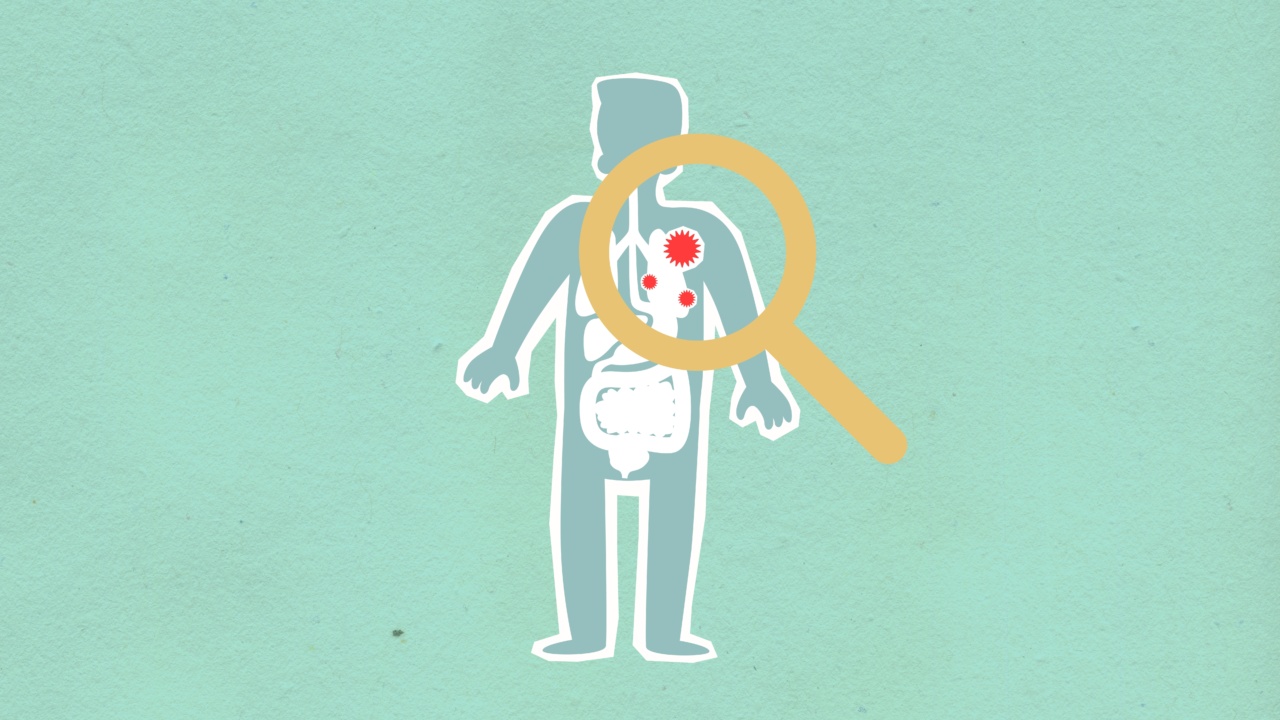Respiratory infections are a common health problem faced by people of all ages. These infections are caused due to various agents such as viral, bacterial, and fungal.
The symptoms of respiratory infections include cough, fever, sore throat, and congestion, among others. These infections can lead to complications such as pneumonia, bronchitis, and acute respiratory distress syndrome (ARDS). In recent years, it has been found that respiratory infections can also have an impact on the risk of infarction.
What is Infarction?
Infarction is a medical condition that occurs when a part of the tissue or organ does not receive enough oxygen and nutrients due to inadequate blood supply. This can lead to tissue damage or tissue death.
Infarction can occur in various parts of the body such as the heart, brain, and limbs. However, the most common type of infarction is myocardial infarction or heart attack.
Respiratory Infections and Infarction Risk
Several studies have shown that respiratory infections can increase the risk of infarction. A study published in the New England Journal of Medicine found that the risk of heart attack increased by six times in the week after a respiratory infection.
The risk gradually decreased over time but remained elevated for up to a month after the infection.
Another study published in the European Heart Journal found that acute respiratory infections increased the risk of myocardial infarction by 17%. This study also found that the risk was highest in the first 7 days after the infection.
The exact mechanism by which respiratory infections increase the risk of infarction is not fully understood.
However, it is believed that respiratory infections cause an inflammatory response in the body, which can lead to the formation of blood clots and plaque rupture. This can result in the obstruction of blood flow to the heart, leading to a heart attack.
Preventing Respiratory Infections
Prevention is the best way to reduce the risk of respiratory infections. Some of the measures that can be taken to prevent respiratory infections include:.
- Washing hands frequently with soap and water or using an alcohol-based hand sanitizer.
- Avoiding close contact with people who are sick.
- Covering the mouth and nose with a tissue or elbow when sneezing or coughing.
- Avoiding touching the face, particularly the eyes, nose, and mouth.
- Getting vaccinated against influenza and pneumococcal disease.
- Maintaining a healthy lifestyle, which includes eating a healthy diet, regular exercise, and getting enough sleep.
Treatment of Respiratory Infections
The treatment of respiratory infections depends on the underlying cause of the infection. In viral infections, the focus is on managing the symptoms and providing supportive care.
This may include getting plenty of rest, staying hydrated, and taking over-the-counter medications such as acetaminophen and ibuprofen to reduce fever and pain.
If the infection is bacterial, antibiotics may be prescribed to kill the bacteria. However, it is important to use antibiotics judiciously to prevent the development of antibiotic-resistant bacteria.
Conclusion
In conclusion, respiratory infections can increase the risk of infarction, particularly in the first week after the infection.
It is important to take preventive measures to reduce the risk of respiratory infections and to seek prompt medical attention if symptoms develop. Prompt treatment of respiratory infections can help reduce the risk of complications such as pneumonia and acute respiratory distress syndrome.




























